AO Edited
Birthplace of the Steamboat
A monument marks the location of the first successful steamboat demonstration.
People may be aware that Robert Fulton is the father of the steamboat, but those people would be wrong. The steamboat that Fulton demonstrated to widespread acclaim was technology invented by James Rumsey. Rumsey had unexpectedly died in the midst of raising money to continue his work a few years before Fulton’s landmark demonstration, but today a monument in Sheperdstown, West Virginia marks the true birthplace of the steamboat, and Rumsey’s place in American history. Nearby, the Shepherdstown Museum at the corner of German and Princess Streets, houses a half-scale replica of Rumsey’s ship.
Fulton was and is far more famous, but Rumsey successfully invented, designed, and engineered an operable steamboat in 1787 – a full 20 years before Fulton’s more renowned demonstration in 1807. The difference between the two men and their stories is a truly American tale – from Rumsey’s rags-to-riches personal background to Fulton’s usurping of his glory.
Rumsey was raised a simple man of simple means, without a formal education or inherited ambition. But it didn’t take long for him to discover his penchant for mechanics and engineering, and he was soon drawing up plans for various machinery and partnering with local businessmen in Bath, Virginia to build and maintain commercial properties. By a stroke of luck, a pre-presidential George Washington stayed at an inn co-run by Rumsey, and hired him to build a house.
In their dealings, Rumsey discussed his idea for a steam-powered engine with Washington, who was so impressed that he provided him with a Certificate of Commendation and encouraged him to speak with investors about developing the technology. Less than five years later, Rumsey was demonstrating successful steamboats on the Potomac river in Shepherdstown.
Though impressive, the commercial feasibility of the technology was widely questioned, and investors were hard to come by. Five years after his first successful demonstration, Rumsey died while pitching to a group of investors in England, his dream of commercial steamboats never fully realized.
It wasn’t until 1807 that the technology truly took off with Fulton’s demonstration and subsequent operation of the North River Steamboat, a commercial transport ship on the Hudson River. Because Fulton was a much savvier businessman and a more renowned engineer than Rumsey, compounded by his partnership with Robert Livingston, a wealthy politician, and his more well-known location in New York, the success of his steamboat was widely heralded and he was credited as the inventor – a misnomer that endures to this day.
Even Fulton experienced skepticism before his business launched, with engineers and speculators criticizing his ambition with the strange technology, popularly calling his project “Fulton’s Folly” right up until the ship’s launch and subsequent success as a commercial venture.
The story of these two men, Rumsey and Fulton, is a study in contrast, but also similarity. Their backgrounds and methods couldn’t have been more different, but their talent was equal, and their success, albeit in different manners, rooted in the fertile soil of American innovation and progress. So this monument on the banks of the Potomac isn’t just memorilizing Rumsey and the proper birthplace of the steam engine, but also a story of quintessential Americana – the good and the bad.
Know Before You Go
Located at the end of Mill St.
Community Contributors
Added by
Edited by
The Atlas Obscura Podcast is Back!









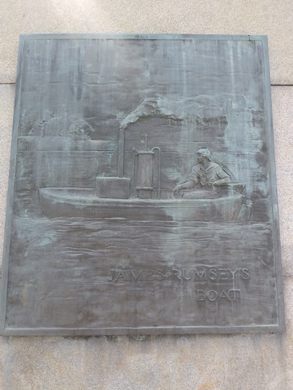

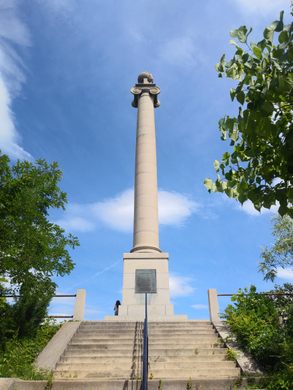
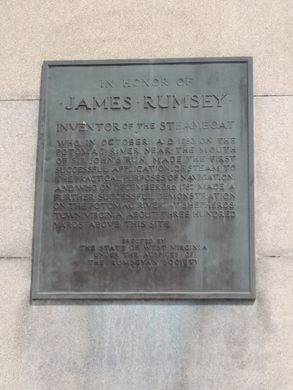





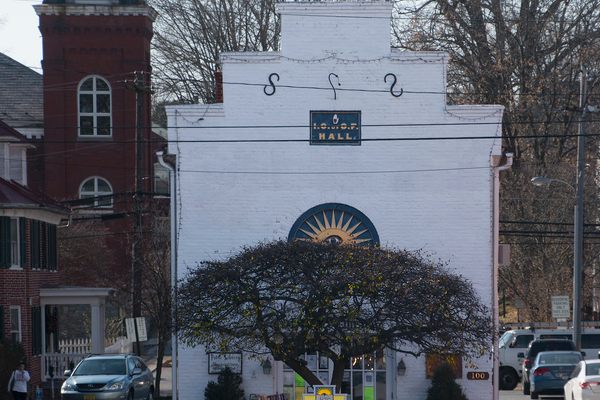

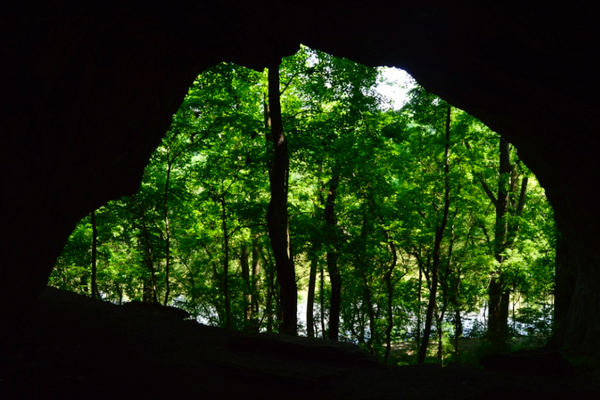
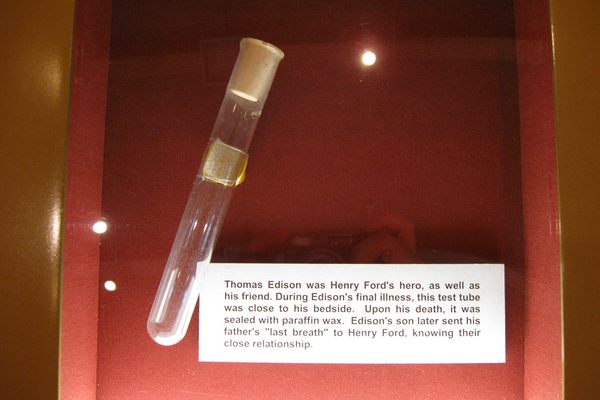




Follow us on Twitter to get the latest on the world's hidden wonders.
Like us on Facebook to get the latest on the world's hidden wonders.
Follow us on Twitter Like us on Facebook